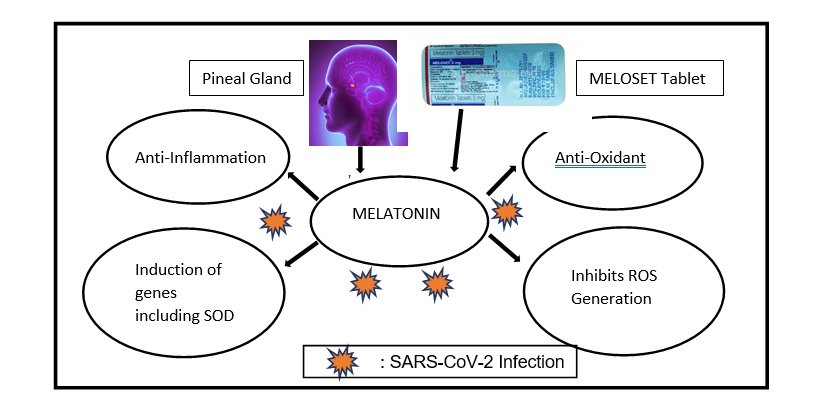Student co-ordinator: Subidita Pal, Saloni Ghosh, (Students of UG VI B.Tech in Biotechnology)
Introduction
Our universe is currently facing a huge crisis due to the outbreak and challenges of COVID-19 globally. This virus which was identified in Wuhan Market, China in December 2019 uses the bat as the natural host. More than 233,000 persons died worldwide as of May 1, 2020. The identification of coronaviridae was done in the middle of 1960, which infected humans and a variety of mammals. Two coronaviruses (can cause infection of higher animals) were evolved since 2002 and showed outbreaks in humans: the first one was discovered at south China in 2003, i.e. SARS-CoV (Severe Acute Respiratory Syndrome Coronavirus), and the later one at Saudi Arabia in 2012, which is MERS-CoV (Middle East Respiratory Syndrome Coronavirus). The recently discovered coronavirus is identified is known as SARS-CoV-2 and the disease associated with it is called or coronavirus disease 19 (COVID-19), a type of respiratory illness. The World Health Organisation(WHO) declared the disease mediated by this virus as pandemic on 11th March 2020 due to its pattern of spreading throughout the universe.
SARS-CoV-2 carries a positive-sense single-stranded RNA as its genome. Infection by this virus is usually spread between individuals of the human population through close contact and via respiratory droplets produced from coughs or sneezes, which indicates its highly contagious nature. The symptoms of the disease can range from mild to severe. Individuals who are infected with the virus take 1 to 14 days to develop the symptoms. It enters into the human cells by binding to (ACE2) within the cytoplasm of the target cell.
Initiatives taken to discover the vaccine
Scientific researches are also running to fight against this virus are two different approaches: Vaccination and improvision of antibody-dependent cell-mediated cytotoxicity(ADCC).
The vaccine will be the ultimate weapon through which the whole world needs to fight this outbreak. On the other hand, the defense system of the human body is capable of generating immune response through the activation of both cell-mediated and humoral immune system upon recognizing and engulfing the foreign antigenic particles. Researchers throughout the world are studying to initiate a natural physiological mechanism within our body, which will make our body to become capable to eliminate this deadly virus. It nearly takes 12-18 months to invent a vaccine but our researchers are trying to achieve success within a small period although they need to be very efficient to avoid the spoil of work in haste.
Oxford University, Europe had its first human trial of Coronavirus vaccine. BothSARS-COV-1andSARS-COV-2arecloselyrelatedviruses.ButthevaccineforSARS-COV-1wasnotdevelopedproperly.ThecurrentcrisisdemandsoneforSARS-CoV-2.They are highly confident and optimistic about its chances. By the end of 2020, it is believed that the markets would launch vaccines in a small amount across the globe, where the success rate is still questionable for the kids and aged people. Most recently Italy developed a vaccine and passed. They injected the vaccine in mouse and it generates antibody which blocks the viral protein.


Discussion
“Better late than never” i.e. all outstanding and beneficial discoveries in the scientific field take time. Till then we need to boost up our immunity by exercising and treating the human body with natural household remedies to ensure prevention. This is the time where we have to come together as a community, take the initiative to prevent the transmission of disease from the infected person to noninfected person, to help the doctors(are involved in the treatment of COVID-19) and scientists(are involved to design vaccine and immunotherapeutics). In this way, the life-threatening condition that is mediated by the SARS-CoV2 can easily be overcome by us, which will be accompanied by a glorious sunrise of the corona free world.



